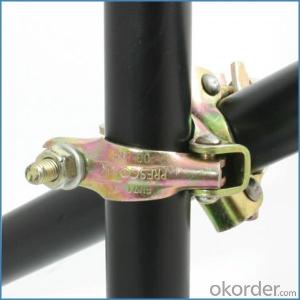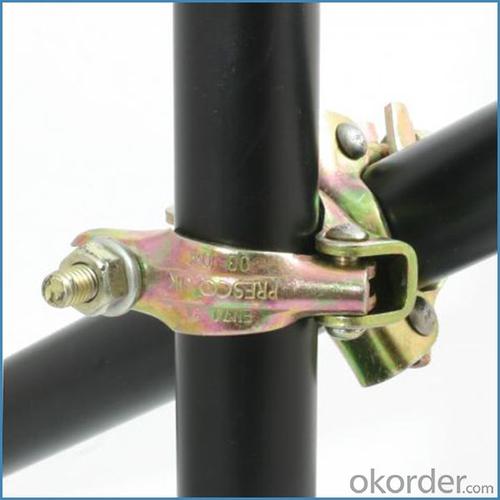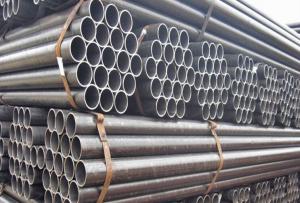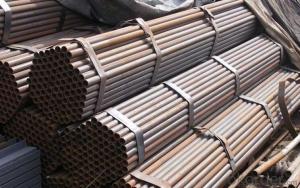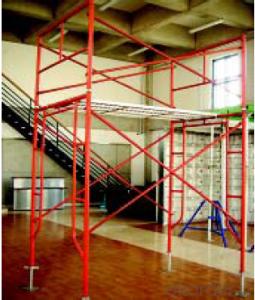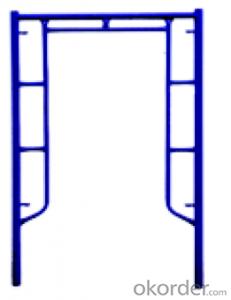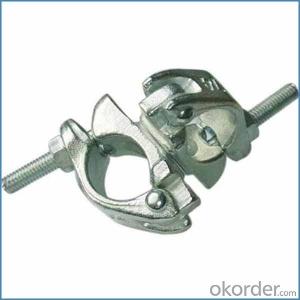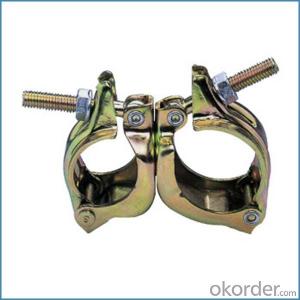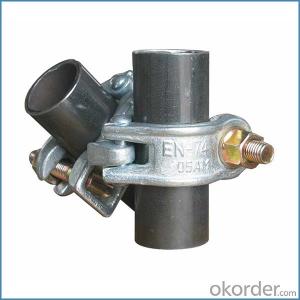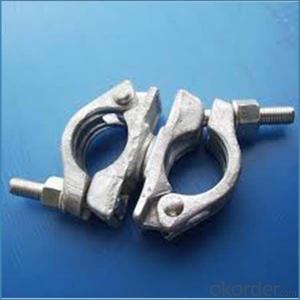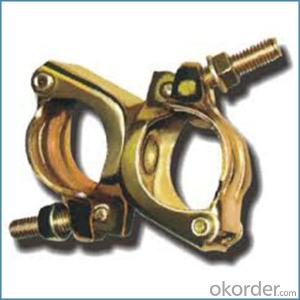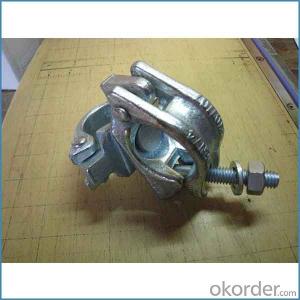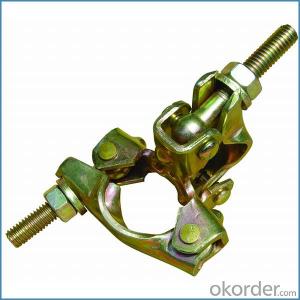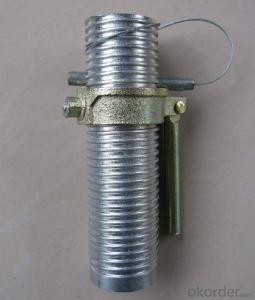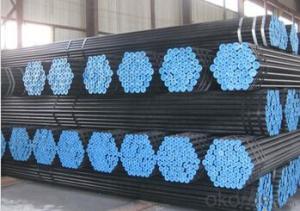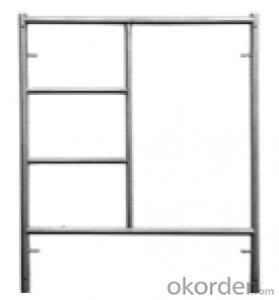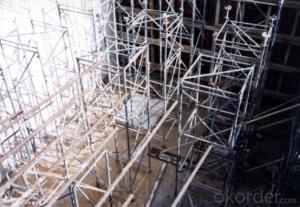Scaffold Coupler t Bolt British Type for Sale
- Loading Port:
- Tianjin
- Payment Terms:
- TT OR LC
- Min Order Qty:
- 1000 kg
- Supply Capability:
- 100000 kg/month
OKorder Service Pledge
OKorder Financial Service
You Might Also Like
Scaffold Coupler t Bolt British Type for Sale
Description
1.The scaffolding coupler is always used to connect the steel pipe as scaffolding system.
2.The often used coupler is swivel coupler and righ angle coupler .
3.We can provide types of scaffolding coupler according to your requirement.
4.Couoler can fix the 48.3mm scaffolding steel pipe tightly and make the whole scaffolding system more steadily.
5.Material:Q235 steel
6.Overall Size:48.3mm*48.3mm
7.Surface Finish: Galvanized/ Painted
8.Standard:BS1139,EN74
9.Package:25pcs/bag
10.Manufactuering as per customer requirements

Feature
(1)Excellent Anti-Breaking—Cold Pressed Steel
(2)Outstanding Resistance Deformation
(3)Strong Anti-Dropping Ability
(4)Longtime USe
(5)Qualtity Guaranteed
(6)OEM Service
Photo

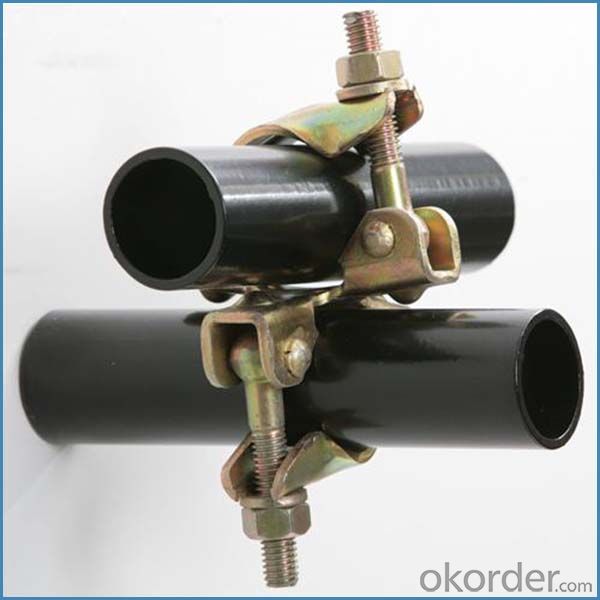
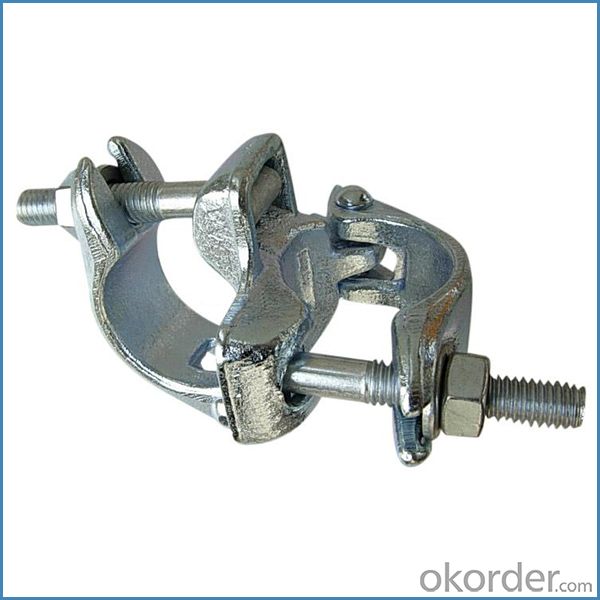
Parameter
| Material | Q235,345steel |
| Size | 48.3mm*48.3mm |
| Surface finish | Galvanized |
| Weight | 1.1kg around |
| Standard | BS1139,EN74 |
| Package | 25pcs/bag,steel pallet |
| Manufacture | As per customer requirement |
| Market | Africa, South America, the Middle East and Asia |
FAQ
Q: Are you a factory or trading company?
We are a state-owned corporation in China,dealing with various kinds of building materials.We have our holding subsidiaries.
Q: Where is your factory located? How can I visit there?
Our factory is located all around China.
Q: Can I get some samples?
Sample is free, customer only pay freight for the first time.
Q: Delivery?
10-30days. (5-15 containers)
Any question,feel free to contact us.
- Q: How do you ensure proper stability when connecting steel tube couplers in overhead scaffolding?
- To ensure proper stability when connecting steel tube couplers in overhead scaffolding, there are several key steps that need to be followed: 1. Use the correct size and type of couplers: It is essential to use couplers that are designed specifically for steel tubes and are appropriate for the size and load requirements of the scaffolding. Using the wrong size or type of coupler can compromise stability. 2. Properly align the tubes: Before connecting the couplers, ensure that the steel tubes are properly aligned and fit securely into each other. This will help maintain the stability of the scaffolding structure. 3. Tighten the couplers securely: Once the tubes are aligned, tighten the couplers using the appropriate tools. Make sure the couplers are tightened to the manufacturer's recommended torque specifications. This will prevent any movement or loosening of the couplers during use. 4. Check for any gaps or misalignment: After tightening the couplers, visually inspect the connections for any gaps or misalignment. Any gaps or misalignment can compromise stability and should be corrected immediately. 5. Regularly inspect and maintain the connections: Regular inspections should be conducted to ensure that the couplers remain securely tightened and there are no signs of damage or wear. If any issues are identified, they should be addressed promptly to maintain proper stability. 6. Follow safety guidelines and regulations: Always follow the safety guidelines and regulations provided by the scaffolding manufacturer and the relevant industry standards. These guidelines provide specific instructions on proper assembly and maintenance to ensure stability and prevent accidents. By following these steps and adhering to safety guidelines, you can ensure proper stability when connecting steel tube couplers in overhead scaffolding.
- Q: I had my cartilage pierced at a studio with a needle [ not a gun ] 5 months ago.The bottom hole was pierced on the rim of my ear, but sadly a bit too close to the surface. My industrial bar fits fine but i am not happy with the placement anymore.Even when i wear dark jewelry in my ear you can see it through my skin. I'm scared that if i catch it it will tear because its not in the thickst bit of cartilage. The piercer obviously didn't know what he was doing because he didnt pierce it far back enough..I wish i had realised at the time but the fact that it was close to the surface wasnt noticable until someone mentioned it.I am wondering will the hole close up if i take out the jewelry and can i get it re pierced firther back because i still want an industrial..i also am wondering if i will be left with a noticable scar? can i get it re-pierced?and has anyone ever had the same kinda thing happen to them?thanks